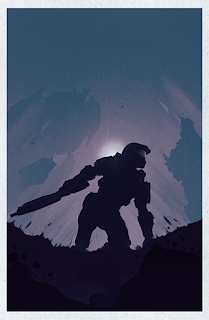In the book The Illustrated Principles of Pool and Billiards by David G. Alciatore, the author explains the basic concepts and techniques of pool with pictures and diagrams.
One of the most important things in billiards is the cue stick. The cue stick is used to strike the cue ball, which is then ricocheted off of other balls."To shoot consistently and make good contact with the cue ball, the cue stick must be straight and the cue tip must be in good condition. Depending on the condition of the cue stick, the outcome of the game can change drastically.
It is used by gently making a circling motion with the tool on the tip.
"The most important thing about the cue stick is the cue-tip condition... If the tip is not shaped, textured, and chalked properly, the likelihood of miscues increases. A miscue is where the tip loses firm contact with the cue ball during impact." (Alciatore 16). Other important things include things such as posture and position, but I will explain these things in the future.
The author also stresses the importance of actually being able to make contact with the cue ball. If you are not able to hit the cue ball with your stick routinely, you will not have much success in playing billiards (Alciatore 15).
So far, the book has helped me understand the fundamental skills needed to play the game of pool. It has also taught me that the game is not only competitive, but is also a social activity.
How could you apply the coordination and social skills used in pool in your life?
Alciatore, David G. The Illustrated Principles of Pool and Billiards. New York, Sterling Pub., 2004.



 The most important part of baking is measuring out your ingredients precisely. By having a set of measuring spoons and a measuring cup can help you in lots of ways. By doing this, you will increase the quality of your finished product. To measure correctly, you use the spoon size according to the recipe and fill it to the top. To be precise, you can take a knife and level off the top
The most important part of baking is measuring out your ingredients precisely. By having a set of measuring spoons and a measuring cup can help you in lots of ways. By doing this, you will increase the quality of your finished product. To measure correctly, you use the spoon size according to the recipe and fill it to the top. To be precise, you can take a knife and level off the top





































